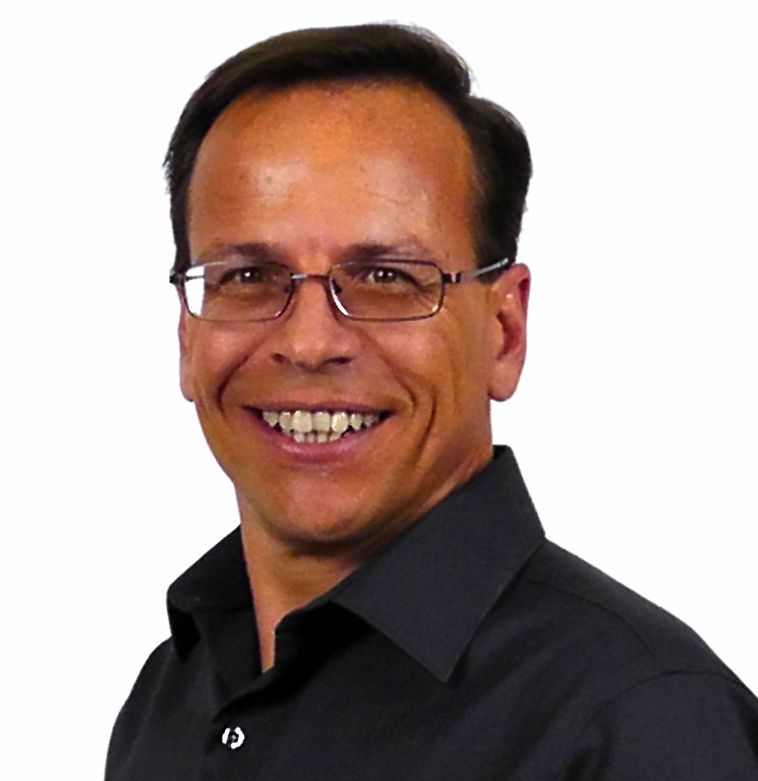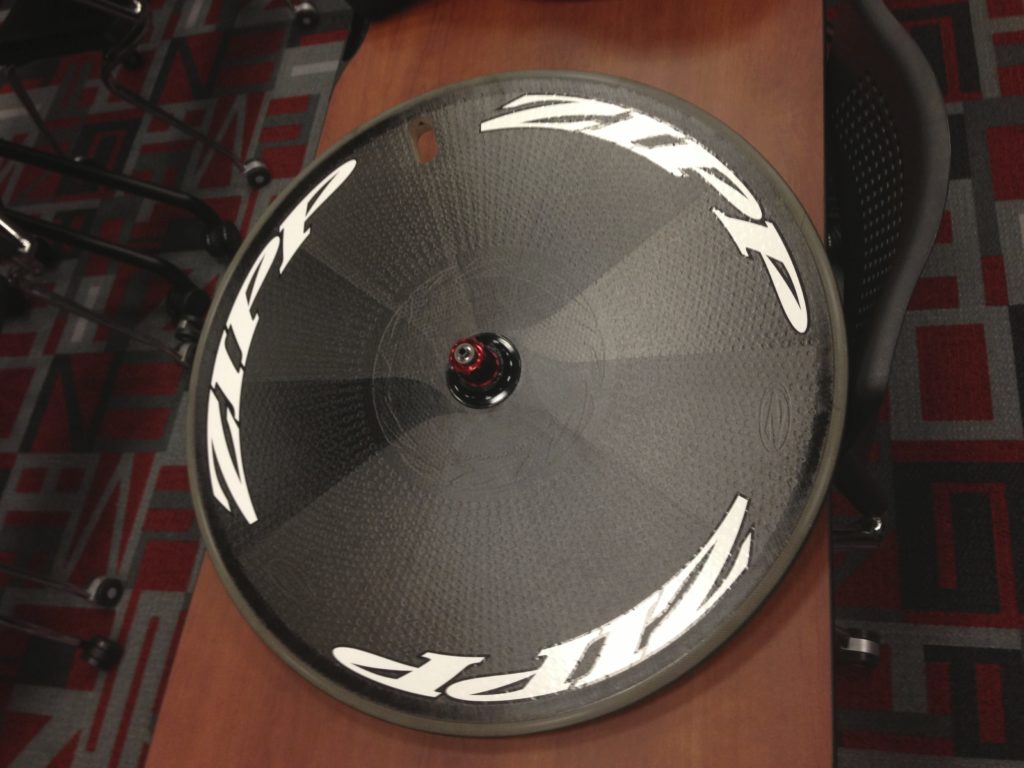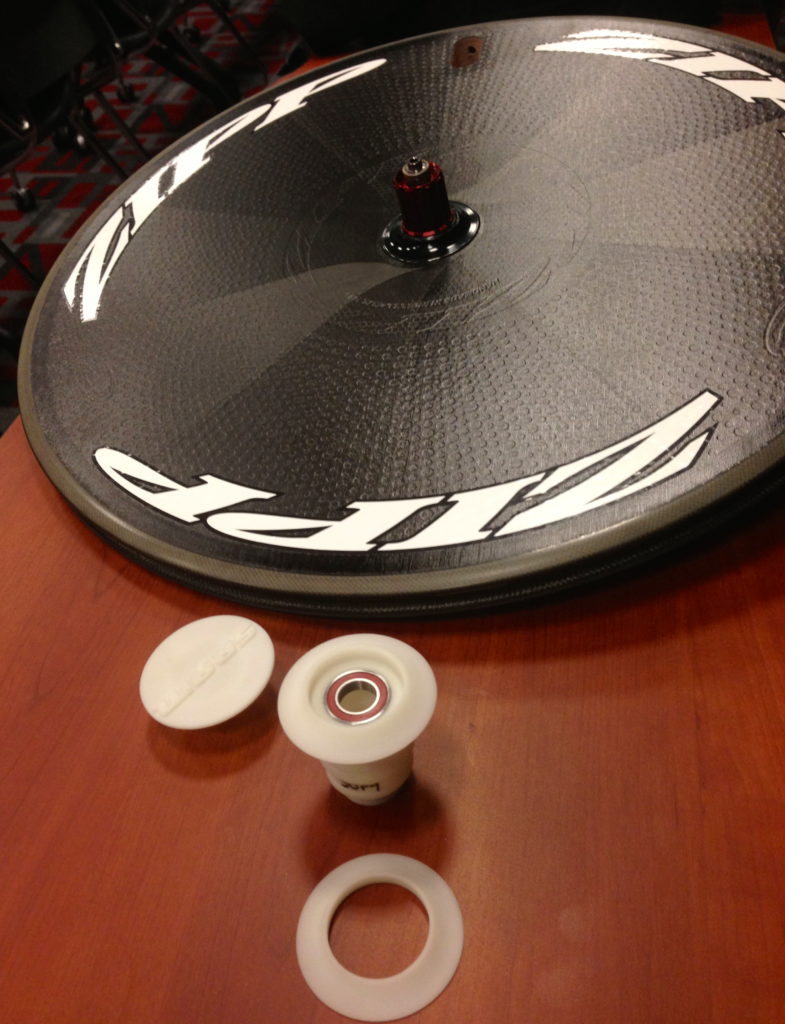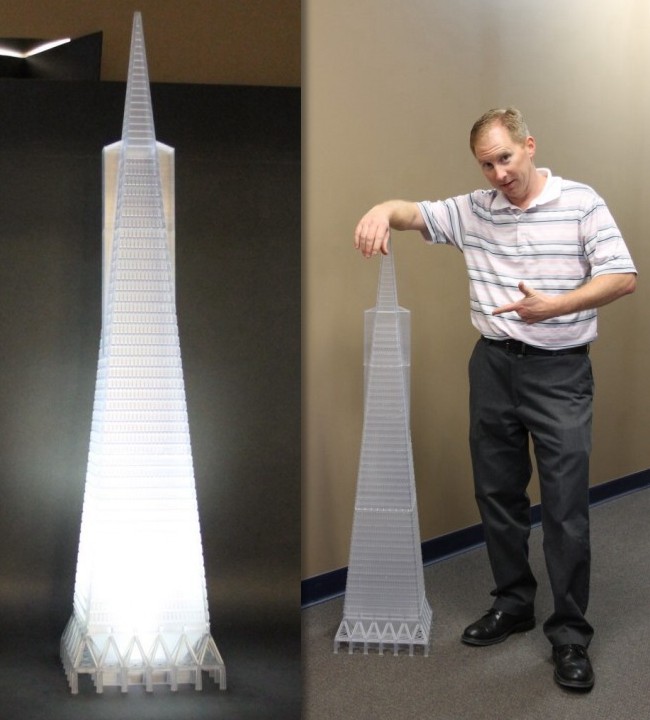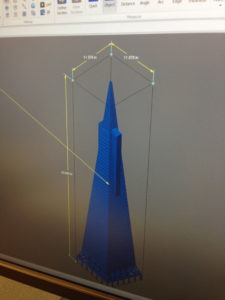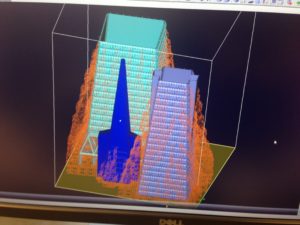The Realize Q&A with…Todd Grimm, President of T.A. Grimm & Associates.
Realize is communicating with Additive Manufacturing experts from around the globe to discuss the future of our industry. We talked with Todd Grimm to get his take on the subject.
Todd Grimm is the founder and president of T. A. Grimm & Associates, Inc. and is its principal marketing specialist and technology consultant. His experience includes 17 years in the product development industry. In that time, he has held positions in sales, sales management, business management and marketing. Prior to starting the company, he was the marketing manager for what became one of the leading rapid prototyping service bureaus.
Where do you see the industry going in the next 5 years?
Still evolutionary. I don’t see any major inflection points happening contrary to popular opinion. We have evolved at a relatively slow pace and I don’t see that changing. I see baby steps over the next 5 years. More people will adopt because the media has drawn attention to it. At the core I really don’t think there will be a disruptive revolution in manufacturing.
There has been a ‘new generation’ of users exposed to AM/RP/3DP over the past few years, along with a huge media buzz. How do you see this camp and the ‘old school’ camp coming together?
When the new breed starts to be more honest about the capabilities, at that point it will be a natural coming together. When they say, “you know what, there are imperfections.” Instead of trying to position a $1,000 3D printer you bought online as the same quality product as a machine in the $50,000 range. When they are ready to admit it’s a decent tool, and it works in a certain setting, but it has some limitations. Then the sides will come together. Right now, the gap between the two sides is that one group, the experienced veterans, are looking at it from a realistic perspective. The new breed is looking at it with rose colored glasses. Right now there are too many messages out there that you can do anything you want for $1000-but it’s just not true.
Do you feel the “3D Printing” term will become the umbrella term for the entire additive manufacturing industry moving forward?
That horse has left the barn. It’s out and running free! No matter hard we work at making terms. Whether you want to say Rapid Prototyping, Additive Manufacturing, Digital Manufacturing, whatever- is doesn’t matter because the media and the masses will decide, and they have selected 3D Printing. So that is the term that’s going to stick.
You’ve been in the industry a long time. Is there any moment or event that stands out above all others during that time?
Two technology developments stand out for me. One is in 2000 when we had the birth of photopolymer jetting. That was signifcant. It opened the door to a new way to do the technology. That and the birth of the direct metals technologies.
How would you describe AM/RP/3DP to someone who has never been exposed to it?
Are those people still around? (Laughs) A few years ago when I was traveling and people would ask, “What do you do?” I would just say, “Engineering Services,” and leave it at that. But now I say, “3D printing,” and they are like, “oh yeah! I just read an article on that.” I fall back on technical definitions. So I would say, technology that transforms digital data into physical objects by constructing them on a layer by layer basis.
For more information about Todd Grimm, visit www.tagrimm.com
 3D Printing/Rapid Prototyping/Additive MFG
3D Printing/Rapid Prototyping/Additive MFG